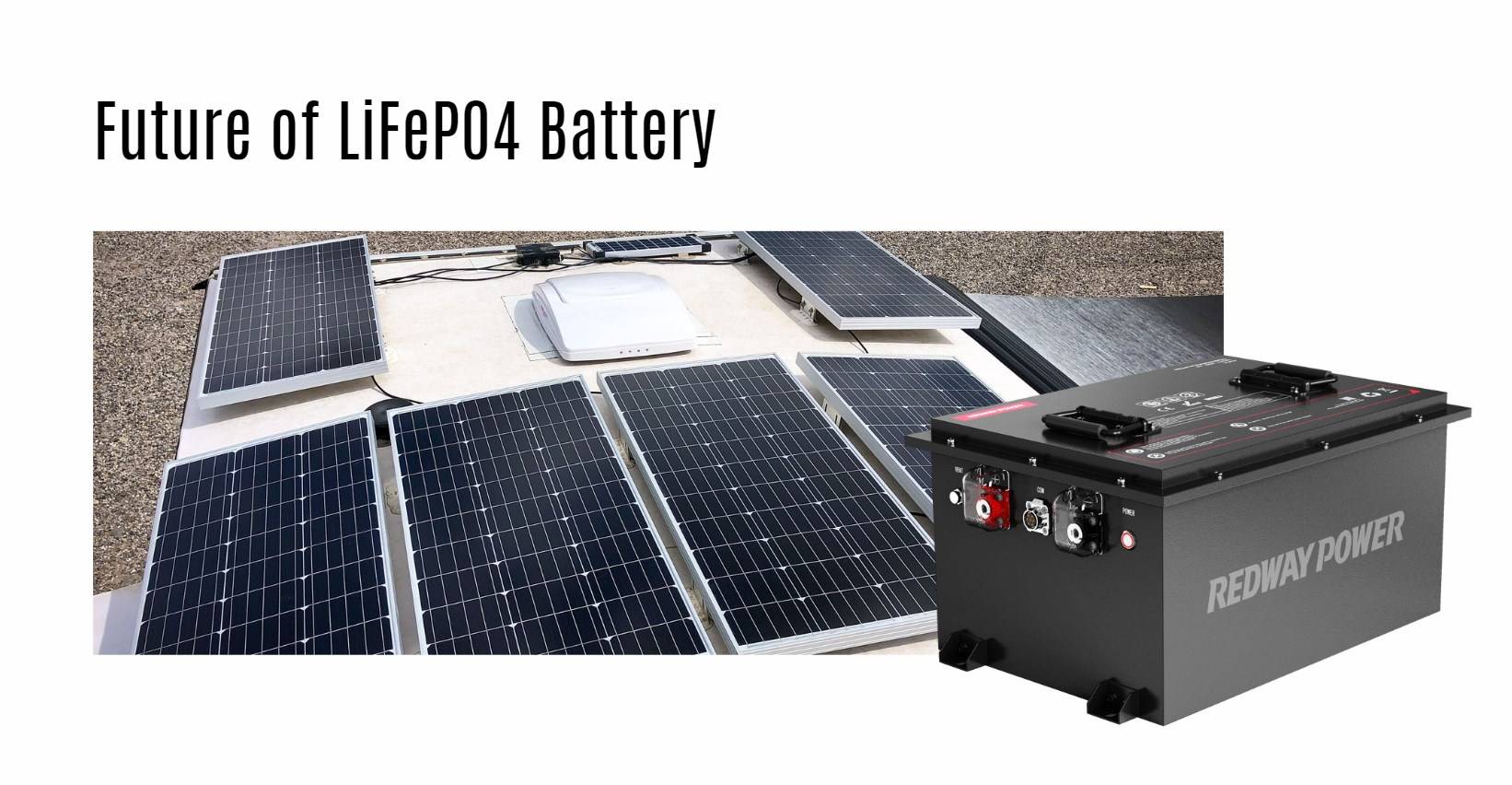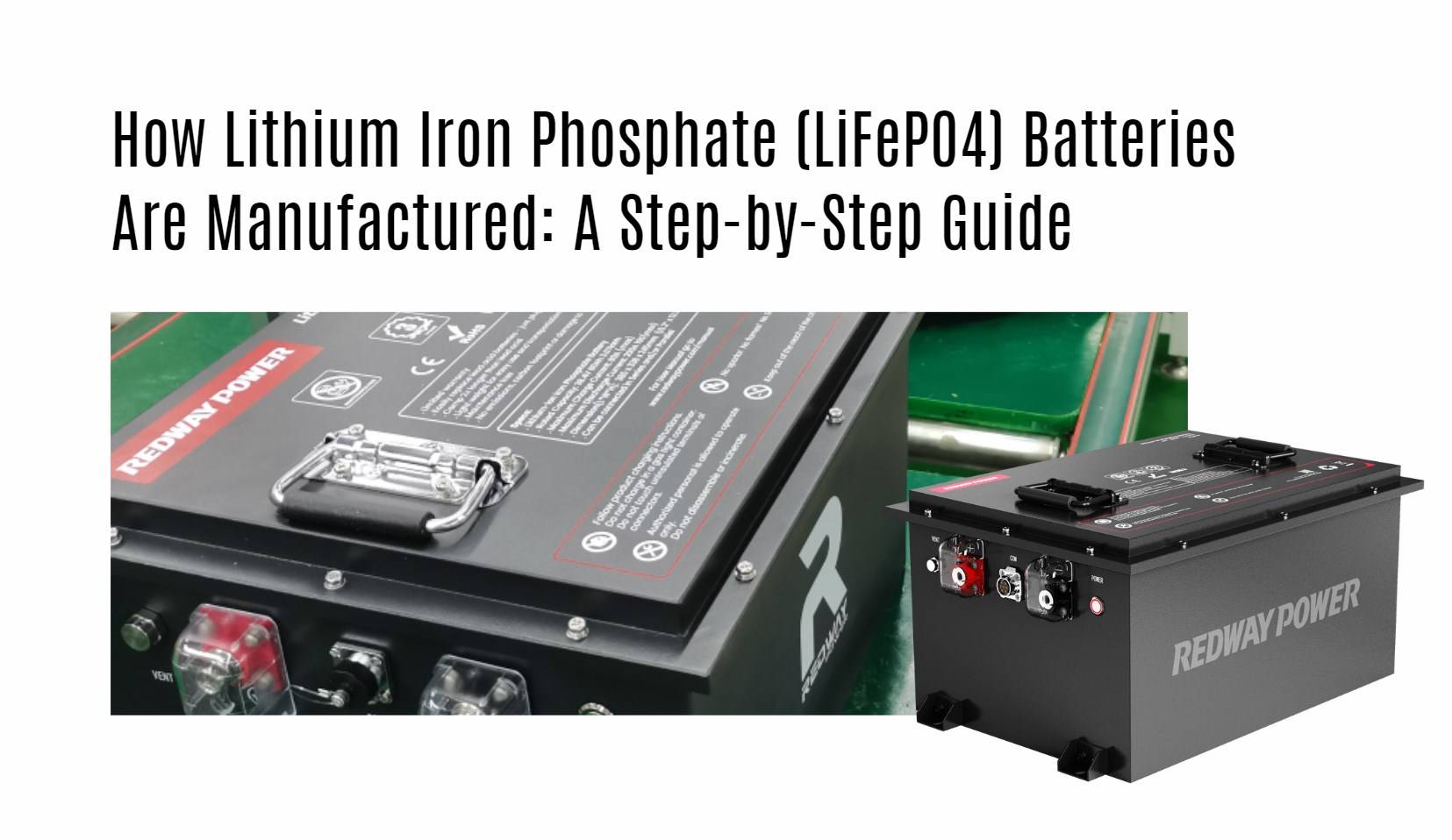Welcome to the electrifying world of lithium iron phosphate (LiFePO4) batteries! If you’ve ever wondered how these powerhouse batteries are manufactured, you’re in for a treat. Join us on a fascinating journey as we unravel the step-by-step process behind the creation of these cutting-edge energy storage solutions. From mixing materials to assembly and packaging, get ready to dive deep into the heart of LiFePO4 battery production. Let’s spark some curiosity and shed light on this dynamic technology together!
Step 1: Mixing and Preparing Materials
In the first step of manufacturing Lithium Iron Phosphate (LiFePO4) batteries, the process starts with mixing and preparing materials. This crucial stage involves combining different components like lithium carbonate, iron phosphate, conductive additives, and a polymer binder in precise quantities to form a homogeneous mixture.
The quality of the materials used and the accuracy of their proportions play a significant role in determining the performance and lifespan of the battery. The thorough mixing ensures that each particle is evenly coated and distributed throughout the blend to enhance conductivity and chemical reactions within the battery cell.
Careful attention is given to temperature control during this phase to prevent any unwanted side reactions or inconsistencies in composition. Once all materials are meticulously mixed together, they form what is known as electrode slurry – ready for further processing in subsequent steps of battery production.
This initial step sets the foundation for creating high-quality LiFePO4 batteries that are efficient, durable, and reliable for various applications ranging from electric vehicles to renewable energy storage systems.
Step 2: Coating Process
When it comes to manufacturing Lithium Iron Phosphate (LiFePO4) batteries, the coating process is a crucial step in creating high-quality electrodes. This step involves applying a thin layer of active material onto the current collector to enhance battery performance.
During the coating process, precision and consistency are key factors to ensure uniform distribution of materials across the electrode surface. The mixture applied typically consists of lithium iron phosphate powder, conductive additives, and a binder solution that holds everything together.
Once the coating is applied, it undergoes a drying process to remove any excess solvent and solidify the active material on the current collector. This phase requires controlled temperature and humidity levels to prevent defects like cracking or uneven coatings which can impact battery efficiency.
The final outcome of this meticulous coating process directly influences the overall performance and longevity of LiFePO4 batteries. Achieving an optimal coating thickness and uniformity contributes significantly to enhancing energy density and cycle life of these advanced energy storage solutions.
Step 3: Calendering and Slitting
Once the electrode sheets are coated and dried, they undergo a process called calendering. During calendering, the sheets are pressed between rollers to improve their density and uniformity. This step ensures that the electrodes will perform efficiently in the battery.
After calendering, the electrodes are slit into precise widths to fit the size requirements of the battery cells. The slitting process is crucial as it determines how well the electrodes will fit together during stacking and lamination.
Calendering and slitting play a significant role in shaping the final quality of lithium iron phosphate batteries. By carefully controlling these processes, manufacturers can enhance the performance and longevity of the batteries for various applications.
The meticulous attention to detail during calendering and slitting sets LiFePO4 batteries apart from other types on the market. These steps contribute to producing high-quality batteries that deliver reliable power output over an extended period.
Step 4: Electrode Stacking and Lamination
In the intricate process of manufacturing Lithium Iron Phosphate (LiFePO4) batteries, Step 4 involves electrode stacking and lamination. This crucial step is where individual electrodes are carefully stacked together to create the cell’s structure.
The electrodes consist of layers of active materials separated by conductive additives and binders. These layers are precisely aligned and compressed to ensure optimal conductivity within the battery.
Once stacked, the electrodes undergo a lamination process where they are tightly sealed together using heat and pressure. This lamination enhances the overall stability and performance of the battery cell.
The precision required in electrode stacking and lamination plays a significant role in determining the efficiency and longevity of LiFePO4 batteries. By ensuring uniformity in this step, manufacturers can produce high-quality batteries that meet stringent standards for performance and safety.
Step 5: Cell Formation and Testing
Once the electrodes are prepared, it’s time to move on to Step 5 of the LiFePO4 battery manufacturing process: Cell Formation and Testing. This crucial phase involves assembling the positive and negative electrodes along with a separator in between. The electrodes are then rolled together to form a jelly-roll-like structure.
Next, this jelly roll is placed inside an aluminum casing before being filled with electrolyte solution. This solution allows for the flow of ions between the electrodes during charging and discharging processes. After sealing the casing, each cell undergoes rigorous testing to ensure its quality and performance meet industry standards.
Various tests are conducted including capacity checks, internal resistance measurements, voltage assessments, and safety evaluations. Only cells that pass these stringent tests proceed to final assembly into battery packs for commercial use. Cell formation and testing play a vital role in producing reliable and high-performing LiFePO4 batteries that power various applications efficiently.
Step 6: Assembly and Packaging
After the completion of cell formation and testing, the lithium iron phosphate (LiFePO4) batteries move on to the crucial step of assembly and packaging. This phase involves carefully putting together all the components to create a functional battery that meets quality standards.
During assembly, each cell is connected in series or parallel configurations depending on the desired voltage and capacity requirements. Attention to detail is key here as any mistake can impact the overall performance of the battery.
Once assembled, the batteries undergo rigorous testing procedures to ensure they meet safety and performance criteria. Quality control checks are carried out at every stage of assembly to guarantee reliability and efficiency.
Following successful testing, the LiFePO4 batteries are securely packaged for distribution. Proper packaging not only protects the batteries during transportation but also ensures they reach customers in pristine condition.
The final step before these batteries hit the market involves labeling with essential information such as voltage ratings, capacity levels, and handling instructions. Each battery is then ready to power various applications efficiently and sustainably.
Advantages of LiFePO4 Batteries
LiFePO4 batteries, also known as lithium iron phosphate batteries, boast a range of advantages that set them apart from other types of rechargeable batteries on the market.
One key advantage is their impressive longevity. LiFePO4 batteries have a longer lifespan compared to traditional lead-acid or lithium-ion batteries, making them a cost-effective choice in the long run.
Moreover, these batteries are inherently safer due to their stable chemical structure. They are less prone to overheating and thermal runaway, reducing the risk of fire hazards.
Another benefit is their fast charging capabilities. LiFePO4 batteries can be charged at higher currents without compromising safety or longevity, making them ideal for applications where quick recharging is crucial.
Additionally, these batteries offer consistent performance even in extreme temperatures, providing reliable power output in various environmental conditions.
The advantages of LiFePO4 batteries make them an attractive option for industries ranging from automotive to renewable energy storage solutions.
Future of LiFePO4 Battery
The future of LiFePO4 batteries looks promising as the demand for efficient and sustainable energy storage solutions continues to grow. With ongoing advancements in technology and manufacturing processes, these batteries are expected to become even more cost-effective, reliable, and widely adopted across various industries.
As research and development efforts focus on enhancing the performance, safety, and lifespan of LiFePO4 batteries, we can anticipate seeing them play a crucial role in powering electric vehicles, renewable energy systems, portable electronics, and much more. The environmentally friendly nature of these batteries also aligns with the global shift towards greener energy alternatives.
The journey from raw materials to a fully functional LiFePO4 battery involves intricate steps that culminate in a powerful energy storage solution. As we continue to innovate and refine this technology, LiFePO4 batteries are poised to revolutionize the way we store and utilize energy in the years to come.
It’s worth noting that the exact manufacturing process may vary depending on the specific design and application of the LiFePO4 battery.




